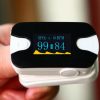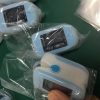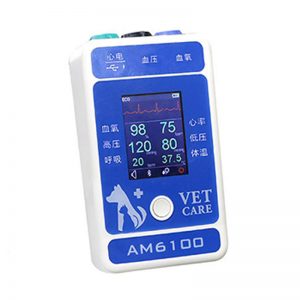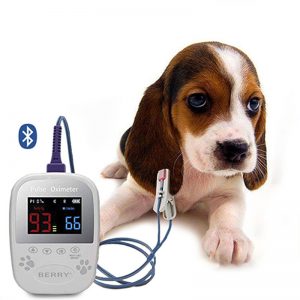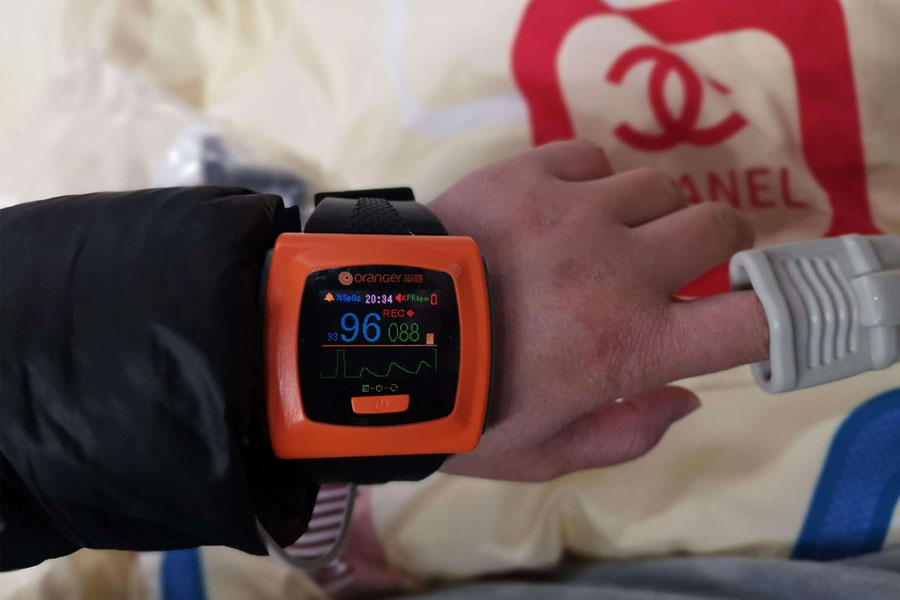
The finger clip pulse oximeter lightly clamps the fingertips for a few seconds, you can measure the body’s oxygen content (judging the body’s hypoxia) and heart rate anytime, anywhere.
The usage of finger pulse oximeter is as follows:
- 1. Insert two AAA batteries according to the correct marking in the battery compartment and close the battery cover;
- 2. Clip your fingers into the rubber hole (finger should be fully extended) and then release the clip;
- 3. The switch button on the front panel of the stand-alone computer is sufficient;
- 4. Read the relevant data directly from the display screen, the blood oxygen saturation, pulse frequency and pulse amplitude can be displayed on the display screen;
- 5. Each time you press the key during the measurement process, you can switch the display direction once, a total of 4 directions can be switched or the built-in gravity sensor, the automatic one can switch the 4 display directions.
The Measurement Index Of Pulse Oximeter
- 1. Blood oxygen saturation: the blood oxygen saturation of normal human arterial blood is 98%, and that of venous blood is 75%. It is an important indicator that reflects the oxygen status in the body. It is generally believed that the normal value of blood oxygen saturation should not be less than 94%, and less than 94% is regarded as insufficient oxygen supply.
- 2. Pulse rate: Pulse refers to the pulsation of superficial arteries. The pulse and heartbeat of a normal person are the same. Heart rate is the frequency of heart beat. The average person is between 60-120 times per minute. However, people may experience rapid heartbeat in situations such as exercise and stress. Pulse rate is the number of pulses per minute. Normally, the pulse rate and heart rate are the same. The pulse rate is less than the heart rate when contracting before atrial fibrillation or frequent episodes.
- 3. Perfusion index (PI): The PI value reflects the pulsating blood flow, that is, the blood perfusion ability. The greater the pulsating blood flow, the more the pulsating component and the greater the PI value. Therefore, the measurement site (skin, nails, bones, etc.) and the patient’s own blood perfusion (arterial blood flow) will affect the PI value. Since the sympathetic nerve affects heart rate and arterial blood pressure (affects pulse arterial blood flow), the human nervous system or mental state will also indirectly affect the PI value. Therefore, the PI value will be different under different anesthesia conditions.
- 4. Evaluation of test results: According to medical analysis, the oxygen content in the blood is greater than or equal to 95, which is a normal index; the pulse between 60-100 times per minute is a normal index. If the values you test do not meet the above two major indicators, please test 2-3 times at different time points, and keep 2-3 days of continuous testing. If the values still do not meet the standards, we suggest you go to the hospital for detailed consultation.
